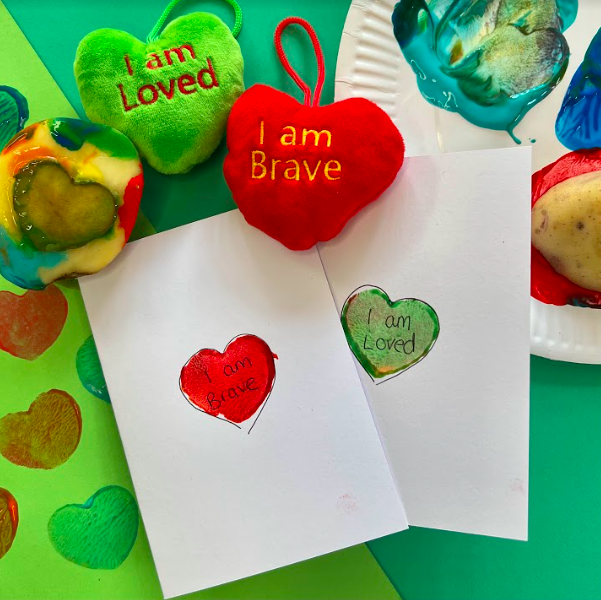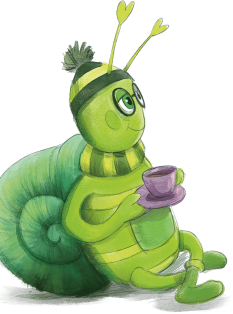As you read Hug-a-Bug stories, encourage your little bug to talk about how they think the characters feel in the book. When they tell you they are Happy, Sad, Angry or Frightened, ask them how they know. Ask them to show you.
Your child might tell you that they notice a specific facial expression or behaviour. Ask them what they think the expression means. Encourage them to share an example they might have of when they’ve noticed it before in their own life.
Learning about emotions is paramount to build resilience in your child and help them to empathise with other people’s feelings. You will help their emotional development by encouraging them to share. There are not right or wrong answers, just opportunities to ask them why to help them remain curious and understand their perceptions of the world around them.
Talking about emotions with your little bug helps them to develop language to express their emotions. Your little bug is less likely to lash out or act out if they have the words and are encouraged to express how they feel. By helping them to understand their emotions they will learn how to regulate them. This will assist them to respond rather than react to those emotions.
Some feeling words for 3-to-5-year old’s to help them on their way:
I feel……………………….
Happy
Excited
Sad
Upset
Afraid
Worried
Scared
Angry
Disappointed
Young children also experience jealousy, but jealousy is difficult for young children to understand. You will recognise it from them with statements, such as, ‘it’s not fair’ or ‘I want that’ when they’re pointing at something another child has.
If words seem difficult for your child to connect with, make faces that reflect emotions, especially as you read the Hug-a-Bug stories with them. This brings more fun into the mix and can help reduce their frustrations. Children have the mental capacity to understand and express in different ways before they have the words to say how they feel, which is often why they get frustrated.
Ask your little one some questions that encourage them to talk about what is going on using phrases they have learnt. If their emotions start to appear, whether you like what they are saying or not, you can comfort them to continue with their expression so that they do not feel blocked. If they struggle, encourage them to continue. Demonstrate to them that they are in a safe space to be heard.
Some starter questions:
- What was school like today?
- What did you do with your friends today?
- What was the best part of your day?
- What would you like to have been different about today?
- What do you think you might do differently tomorrow?
On a day-to-day basis, talk about emotions at home. When your little bug tells you their stories, focus on the emotions and support them by enquiring deeper:
- What happened next?
- My friend is moving away
- How do you feel about that?
- I feel sad because my friend is leaving.
If they struggle to express themselves, explain to them that these feelings come and go like a storm, and it is all okay. You might also consider sharing some of your own examples:
- I feel sad when……………….
- I feel happy because…………………
Acknowledge your little bug’s feelings and comfort them before moving forward. Then help them see an overall view of the situation. Imagine Bella Bee hovering over and looking down on the whole situation. What would she see? Share her perspective to help them see another way. This will help them to feel less stuck with a feeling or situation.
As your child grows, they will need to understand different perspectives and that not everything in life will happen as they expect. Things won’t always turn out the way we want them to. Whilst it might make us mad or sad, it is normal. And sometimes the surprise can be better than we hoped. The key is to remain open and expect the unexpected whilst regulating our emotions in response.
Our toys are primarily designed to give your child loving hugs. They are designed as a comforter to reduce the emotional stress that sometimes comes with life transitions. You can also use them to act out different situations with your little bug. This will help them to learn about emotions and empathy in a fun way. When you work through these situations, you can change the mood of each character to get your child to empathise with different perspectives.
And don’t forget… Hug-a-Bugs have fun and positive emotions too. Learning to feel comfortable and enabled to express joy, love and happiness is also important. And we all need to giggle and laugh.




